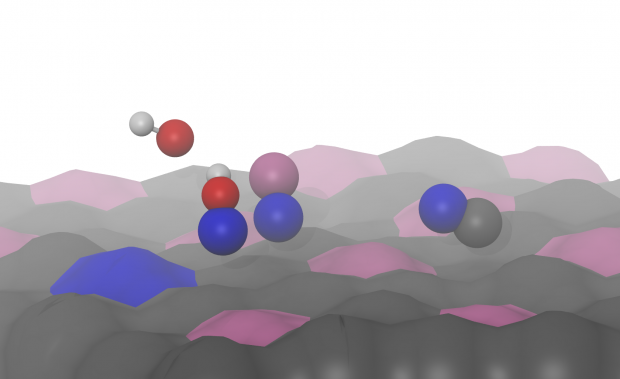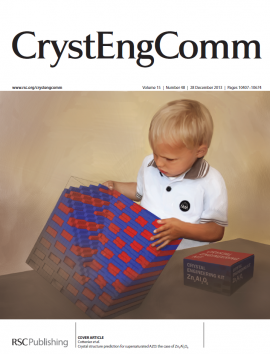Is the error on first-principles volume predictions absolute or relative?
Abstract
Many benchmarks of density-functional theory with respect to experiment suggest the error on predicted equilibrium volumes to scale with the volume. Relative volume errors are therefore often used as a decisive argument to select one exchange-correlation functional over another. We show that the error on the volume (after correcting for systematic deviations) is only approximately relative. A simple analytic model, validated by rigorous Monte Carlo simulations, reveals that a more accurate error estimate can be derived from the inverse of the bulk modulus. This insight is not only instrumental for the selection or design of suitable functionals. It also calls for a new attitude towards computational errors: to report computational errors on electronic-structure calculations, identify systematic deviations and distinguish between relative and absolute effects. (C) 2016 Elsevier B.V. All rights reserved.
 Open Access version available at UGent repository
Open Access version available at UGent repository

